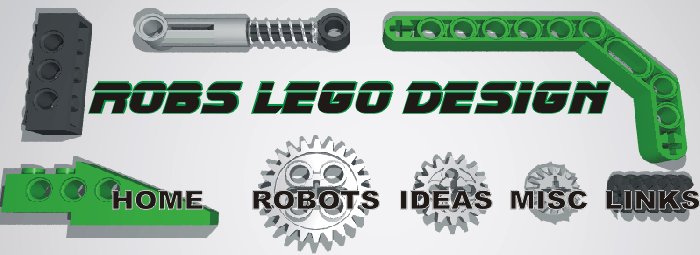

This next version of the four way driver is an improvement on
the original for several reasons. First, I decided to use
rubber wheels instead of gears. This means that grinding of the gears is no
longer a problem. Second, I used a different type of mechanism for the
directional splitter. Usually a sliding worm gear is used in these devices, but
they can have problems with meshing as well. All I needed was a mechanism to
engage when driven one way, and disengage when driven the other way. I used an
arm that has its pivot on one of the shafts. The gearing on the arm will engage
as the shaft is driven forward, but will rotate just slightly out of the way
when driven in reverse. This proved to be much more reliable than the worm
gears.
I had originally planned on using this device to control four pneumatic switches with one motor. It got quite bulky, but I did have it working with three switches. As always, these kind of devices are hard to explain without actually seeing how it works, so I got Iain to take a video of this one in action, and should get it up here soon. For now, just remember, one direction rotates the selector into a new position, the other direction drives the chosen output. So you get four single direction outputs with one motor.